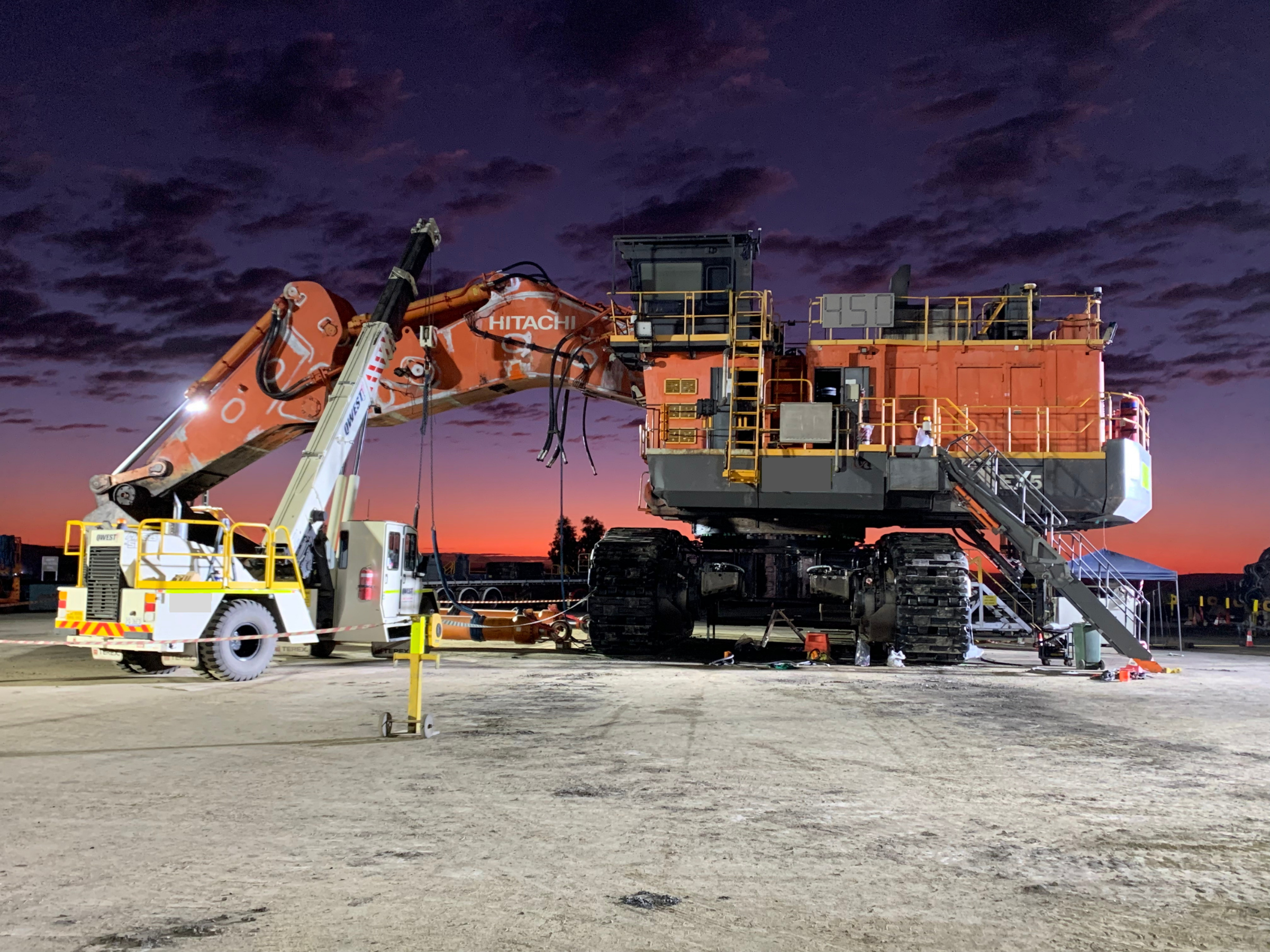A GLOBAL LIFT Synchronised Lifting System At Your Site
Downtime costing and pit implications
A coal mine has a 13:1 strip ratio and the main dig unit is a EX5600 loading out at 1950 bcm per hour.
By jacking a digger with a GLOBAL LIFT Lifting System, you compress a shutdown - reducing downtime by 36 hours in average.
Therefore, this will pay you back by allowing you to produce 70,200 bcm.
With a 13:1 strip ratio, this will also uncover 5,400T of coal that would have been lost due to mechanical downtime.
There are also additional costs of approximately $15,840 by workers standing idle or conducting less productive work.
When you equate all the downtime and decreased productivity against a general yield of $122 AUD per T - your company has just lost revenue up to the value of $660,960 AUD.
So what do you do to catch up?
Run overtime? Increased rates of employment? Hire in another machine?
With more equipment and more workers on site - that's more cost and more risk exposure - guaranteed.
In the first instance above, the solution is minimise downtime by applying cost effective tooling or to simply accept the downtime as a fact of life.
To conduct a ROI assessment on a set of jacks is to be looked at in a different light.
Let's first consider business risk. Let's say the mine site has just had a small storm, and no cranes can operate for hours for the following reasons:
Ground conditions
Wind
Access
Risk?
Demurrage or standby rates - BIG $$$$. $15,000/week is around about the right number if you have them working.
Downtime
Lowering and resetting tasks (double handling).
So let's instead add a GLOBAL LIFT Lifting System into this equation.
There is instantly a reduction in site manning, camp, travel, and induction costs, as a GLOBAL LIFT system requires less labour than cranes (usually just two operators as opposed to dual lifts riggers/doggers and crane drivers).
So what do you do?





